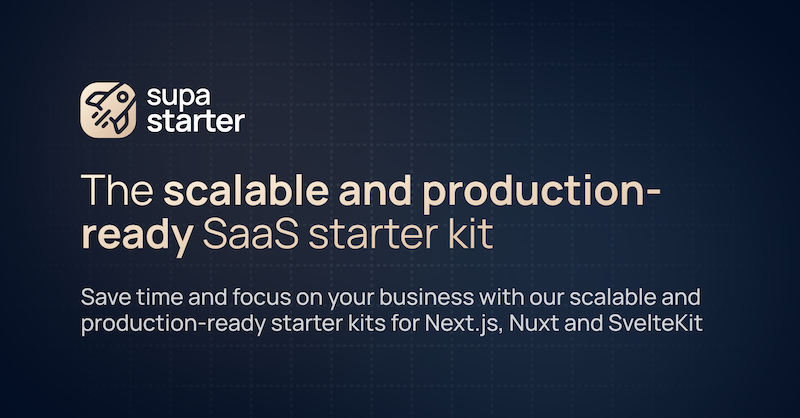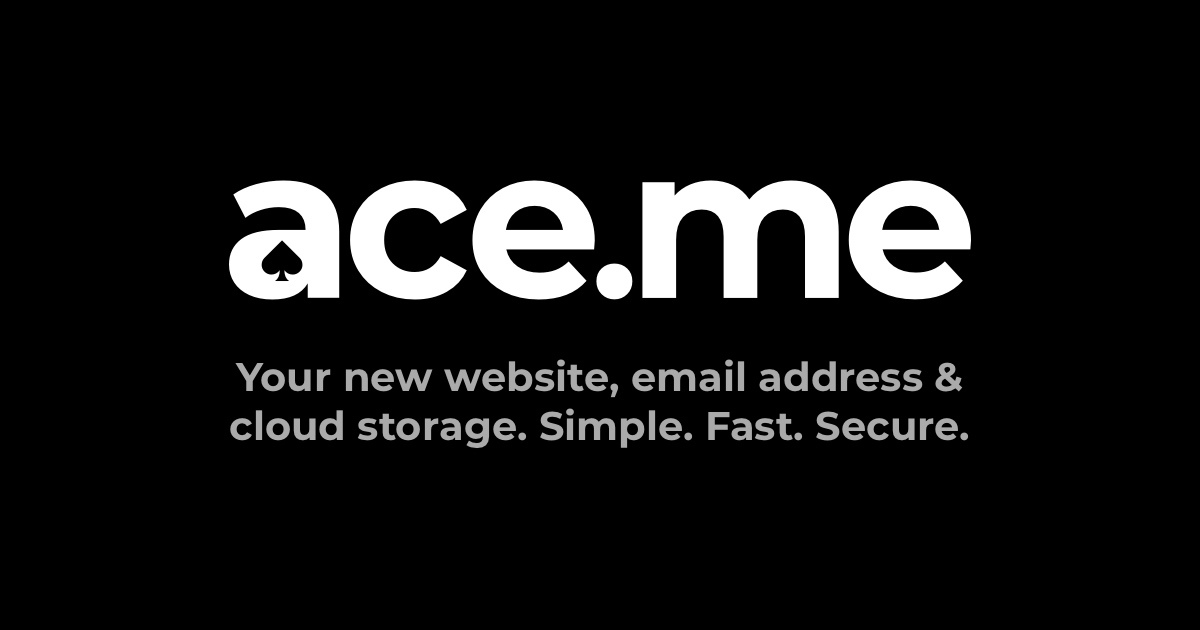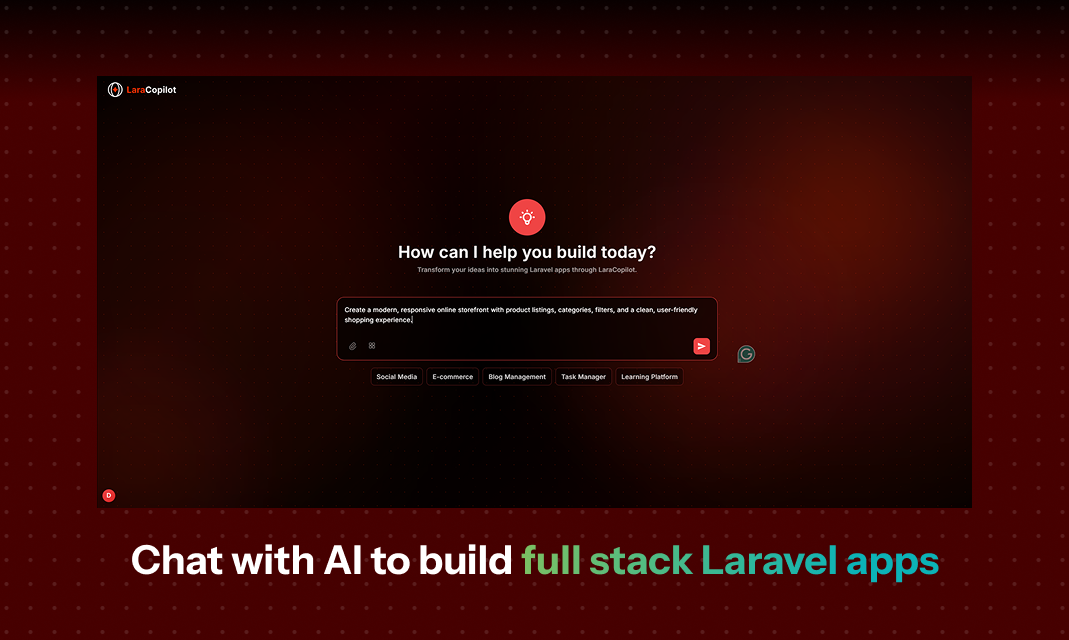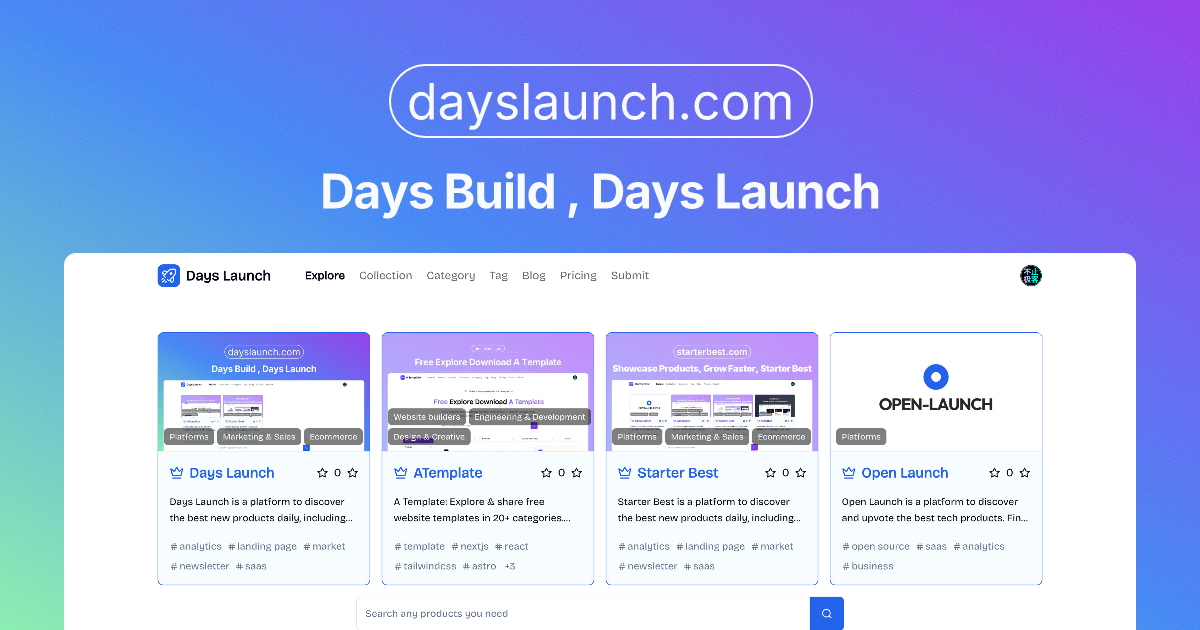Pushduck is a comprehensive, universal, and type-safe file upload library designed to simplify the integration of file upload functionalities into any web application. It caters to developers seeking a robust, flexible, and production-ready solution for handling various file types across a multitude of frameworks and storage providers.
Key Features
Universal handlers compatible with 16+ web frameworks and edge runtimes (e.g., Next.js, Hono, Express, Expo, Cloudflare Workers).
Seamless integration with 5+ S3-compatible storage providers, including AWS S3, Cloudflare R2, DigitalOcean Spaces, Google Cloud, and MinIO.
Full TypeScript support with type-safe APIs, intelligent autocomplete, and compile-time validation.
Interactive CLI for guided setup, enabling rapid deployment of file upload features in minutes.
Advanced built-in validation for file types (images, videos, documents), size limits, and custom rules, with detailed error messages.
Production-ready capabilities such as presigned URLs, chunked uploads, progress tracking, retry logic, and comprehensive error handling.
Use Cases
Pushduck is ideal for a wide range of applications requiring secure and efficient file management. For instance, it can be used to handle image uploads for user profile pictures, photo galleries, or generating thumbnails, with automatic optimization for formats like JPEG, PNG, and WebP. Developers building educational platforms or media sites can leverage Pushduck for video uploads (MP4, WebM, AVI), enforcing size and duration limits for course content, demos, or clips.
Furthermore, Pushduck facilitates the upload of documents such as PDFs, DOCX, and XLSX, making it suitable for business applications managing contracts, reports, or spreadsheets, potentially including virus scanning. Its flexibility extends to any file type, allowing custom validation rules for specialized formats like 3D models, audio files, or archives, ensuring data integrity and security.
Pricing Information
While specific pricing tiers are not detailed, Pushduck is presented as a professional solution for developers, implying a paid service model. Users are encouraged to "Get Started" and "Start Building" by exploring its comprehensive documentation.
User Experience and Support
Built with a strong focus on developer experience, Pushduck offers an intuitive CLI for setup, TypeScript intellisense for smoother coding, and clear, detailed error messages for efficient debugging. Comprehensive documentation is available to guide users through the setup and implementation process.
Technical Details
Pushduck provides a universal API that adapts to various environments, from traditional servers to edge runtimes. It supports popular frameworks like Next.js, Remix, SvelteKit, Nuxt.js, Hono, Elysia, Bun, Express, and Expo. The library is designed to work with any S3-compatible storage service, ensuring broad compatibility and future-proofing.
Pros and Cons
Pros:
Zero vendor lock-in, allowing easy switching between storage providers or frameworks.
Enhanced security features including presigned URLs, file validation, and CORS handling.
Optimized for performance with direct uploads, chunked transfers, and automatic retries.
Excellent developer experience with guided CLI setup and TypeScript support.
Cons:
No specific cons are mentioned in the provided text.
Conclusion
Pushduck stands out as a robust and versatile file upload solution, abstracting away complexity and offering a seamless experience for developers. Its universal compatibility, type-safe APIs, and production-ready features make it an invaluable tool for building modern applications. Explore Pushduck's documentation to start handling file uploads like a pro.




















